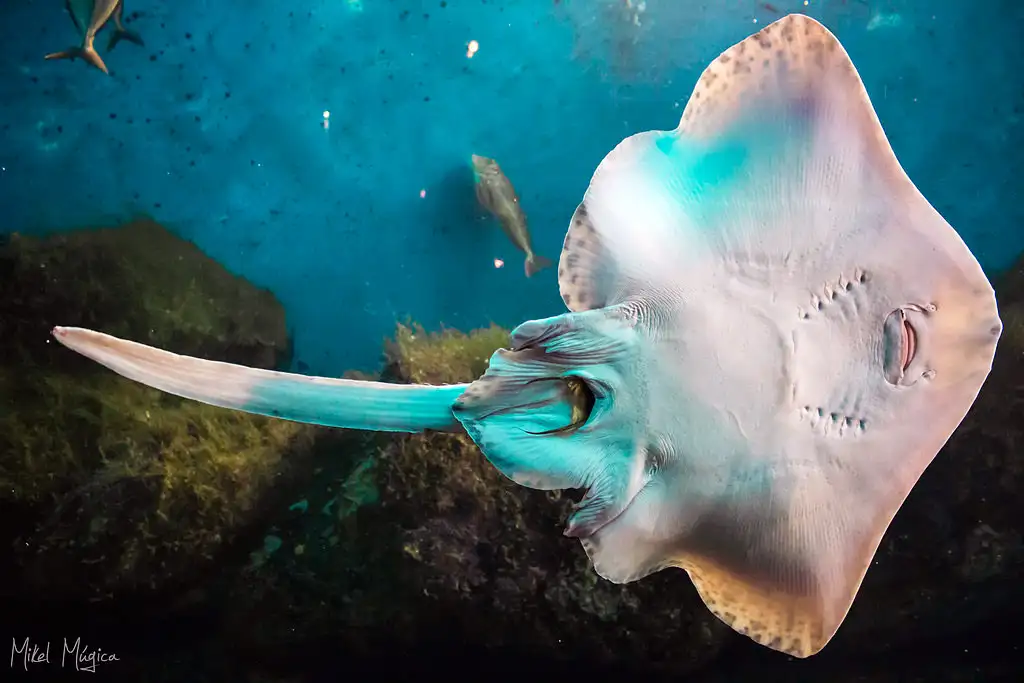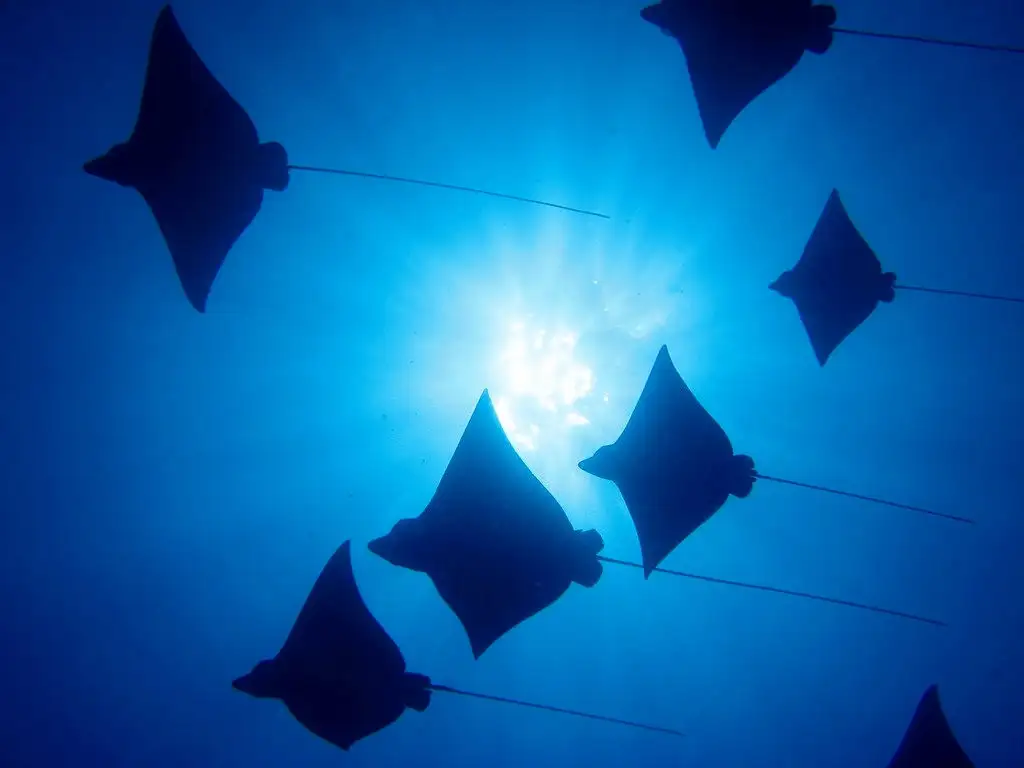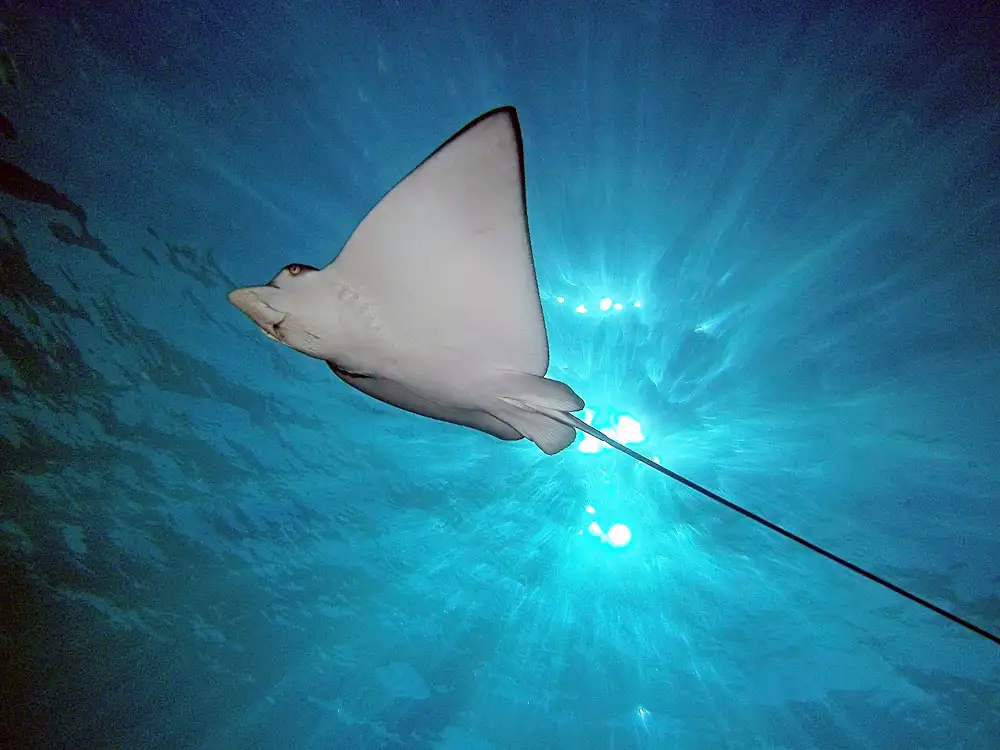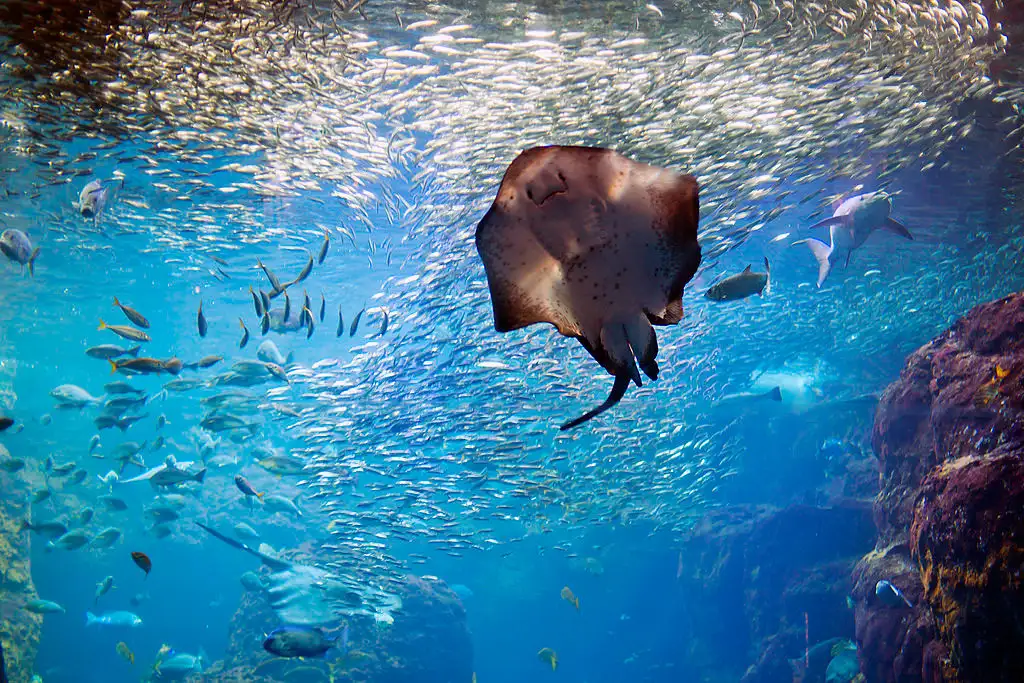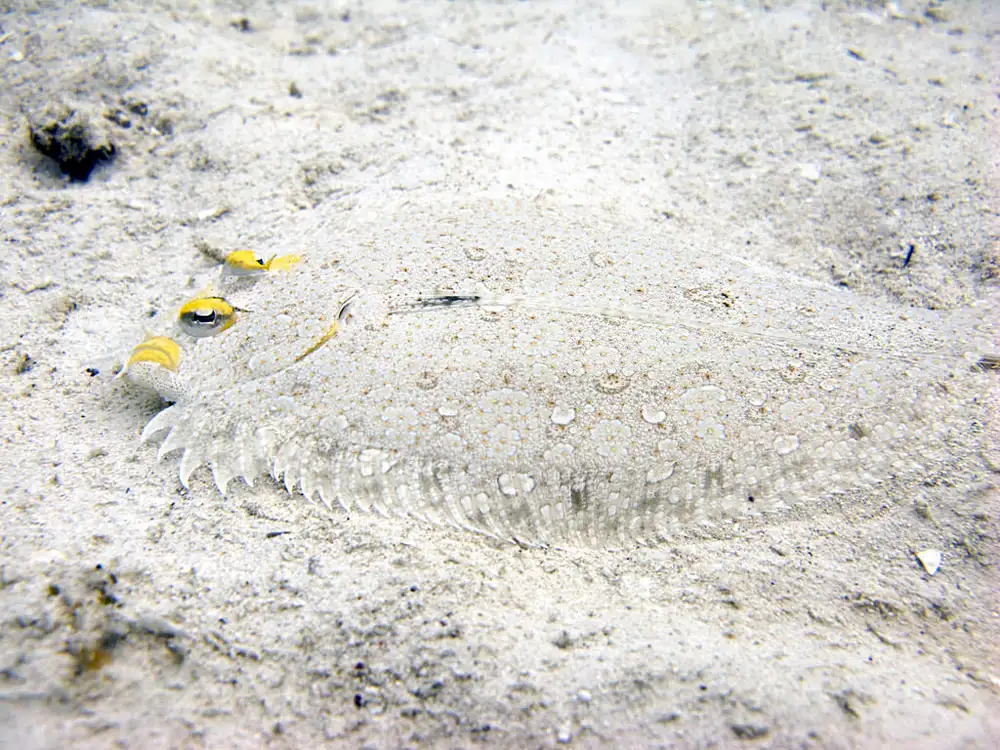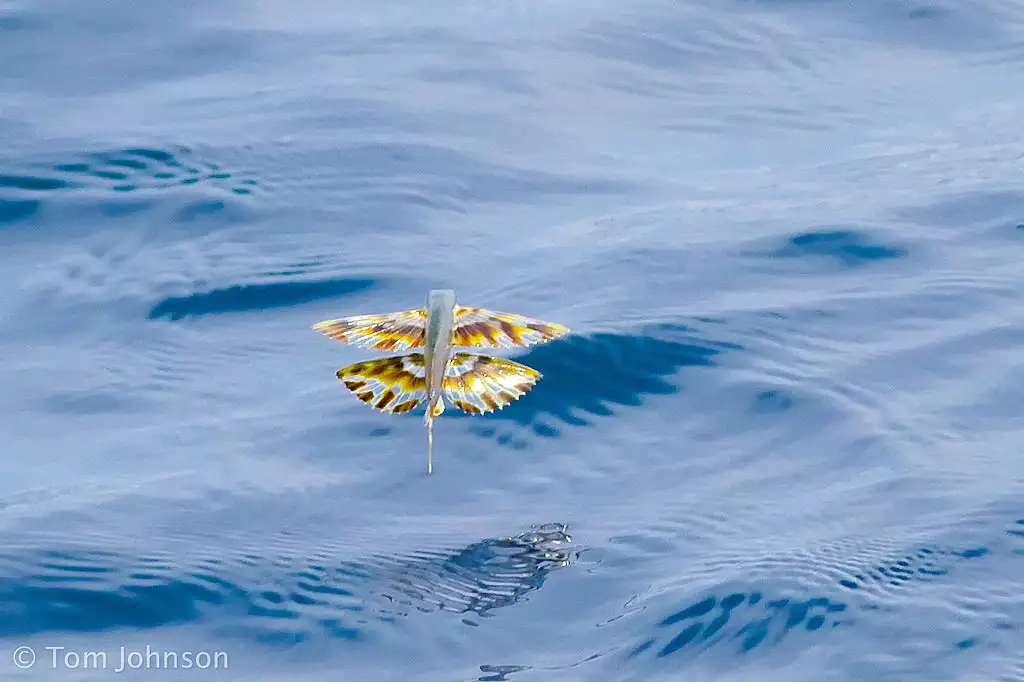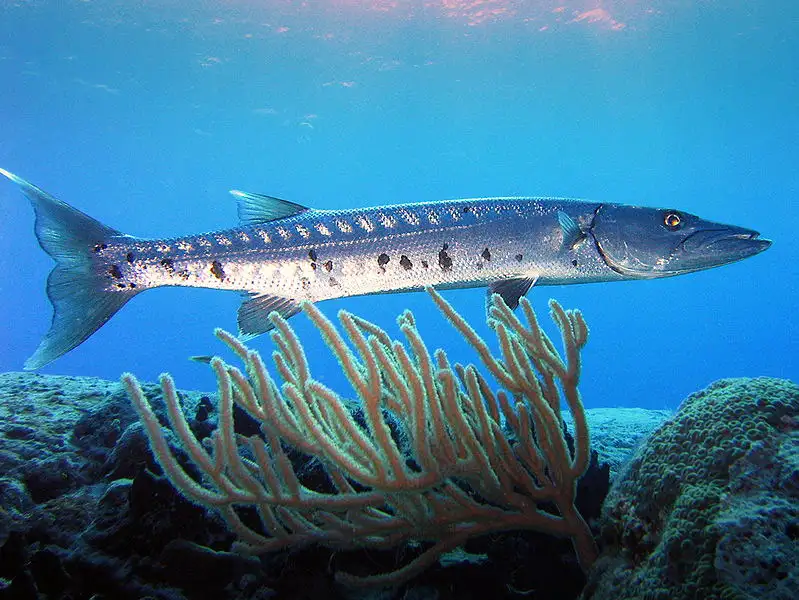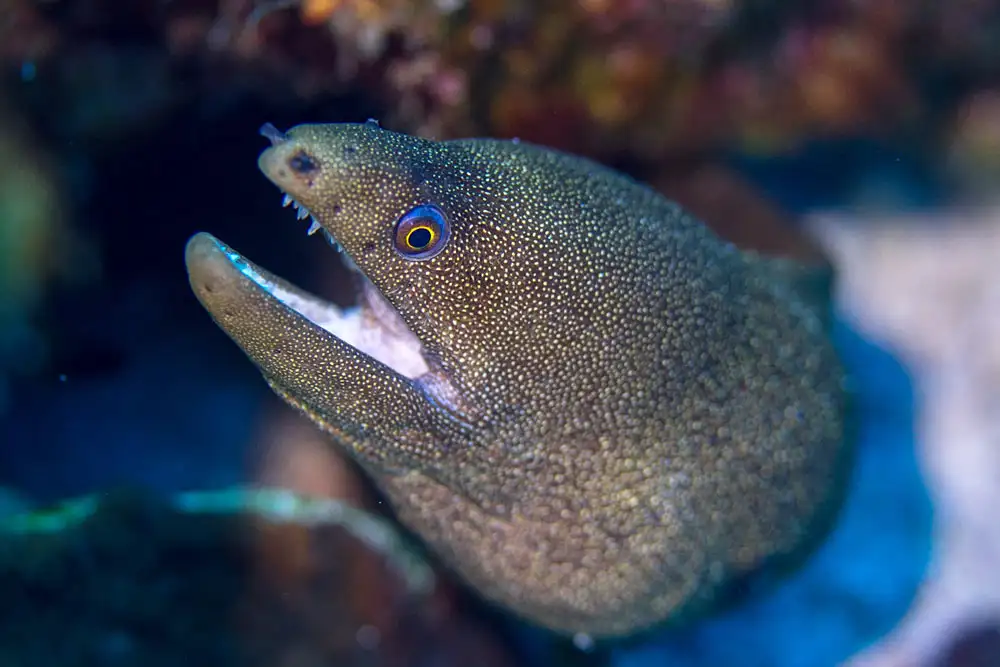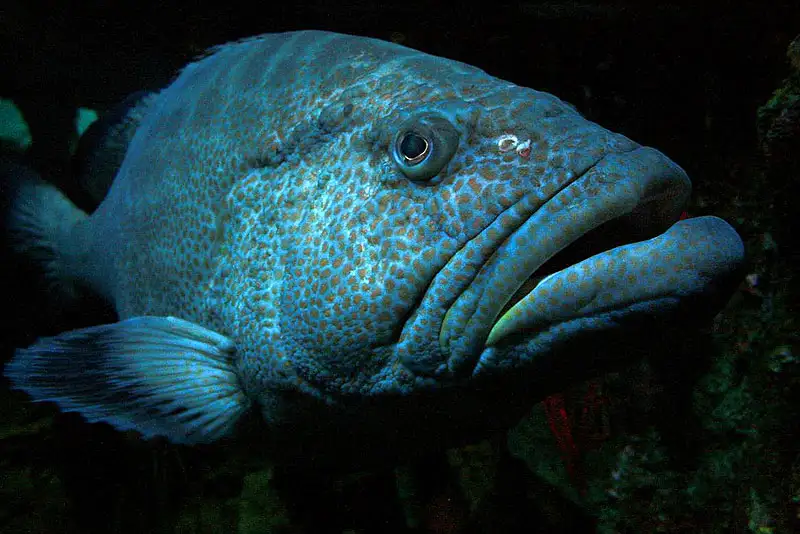Rajiformes (Skates · Order Overview)
IUCN
LCBasic Information
Scientific classification
- name:Rajiformes (Skates · Order Overview)
- Scientific Name:Rajiformes
- Outline:Medium Fish
- Family:Rajiformes Rajidae Arhynchobatidae
Vital signs
- length:Disc width 30–60 cm to >2 m (species‑dependent)
- Weight:From <1 kg to tens of kg in large species
- lifetime:10–30+ years (longer in large/high‑latitude taxa)
Feature
Oviparous; no venomous tail spines; dorsal thorns; pectorals fused to head; demersal predators.
Distribution and Habitat
Temperate–polar shelves/slopes on sand/mud; some deep subtropical/tropical occurrences; demersal.
Appearance
Rhomboid/rounded disc; slender tail with 1–2 dorsal fins; thorny dorsum/tail; ventral mouth.
Details
Rajiformes—in modern usage typically referring to the skates within the batoids—differs from stingrays by being oviparous and lacking venomous tail spines. Skates often bear dermal thorns on the back and tail and lay the iconic horned egg capsules known as “mermaid’s purses.”
Ecology & Biology
Feeding: benthic predators of small fishes, crustaceans, molluscs and polychaetes; mostly ambush/slow cruisers.
Reproduction: oviparous with horned egg cases that attach to vegetation/substrates; contrasts with the predominantly viviparous stingrays and mantas.
Life history: slow‑growing, late‑maturing, low fecundity, making them vulnerable to fishing pressure.
Identification
Disc: pectoral fins fused to the head forming a rhomboid/rounded disc; ventral mouth with nasal lobes.
Tail: slender with typically one or two small dorsal fins near the tip; no large venomous spines; dorsum/tail often armed with thorns.
Electric organs: absent (contrast with torpedo rays, Torpediniformes).
Size & Longevity
Size: disc widths from 30–60 cm in small species to >2 m in giants (e.g., big skates).
Life: commonly 10–30+ years, longer in large, high‑latitude species.
Range & Habitat
Widespread on temperate to polar continental shelves/slopes over sandy/muddy bottoms; also in subtropical/tropical deep water; predominantly demersal.
Fisheries & Management
Threats: bottom trawl and gillnet bycatch/targeted fisheries, habitat disturbance and pollution.
Measures: size (disc‑width) limits, seasonal/spatial closures, essential‑habitat protections and gear modifications.
IUCN: this is an order‑level overview; statuses vary widely among species/populations (LC–EN). Marked here as Not Evaluated (NE) for the overview entry.
FAQ
Q1. How do skates differ from stingrays? Skates are oviparous, lack venomous tail spines and typically carry dorsal thorns; stingrays are mostly viviparous and many have tail spines.
Q2. What are “mermaid’s purses”? The horned egg cases of skates frequently washed ashore on beaches.
Q3. Why are skates vulnerable to fishing? Their K‑selected traits (slow growth, late maturity, low fecundity) and demersal habits make them susceptible to bottom gears.
Q4. Do skates generate electricity? No—electric organs occur in Torpediniformes (torpedo rays), not in skates.

